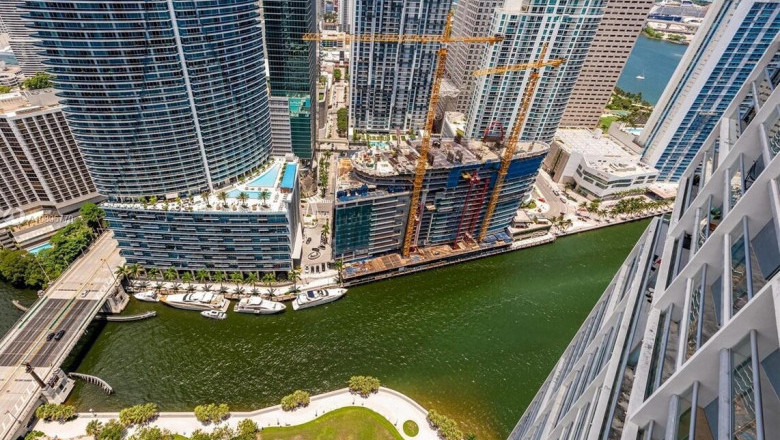views
How Location Influences Property Value: A Guide for Smart Investors
1. Proximity to Employment Hubs
One of the most powerful drivers of real estate demand is access to jobs. Properties located near IT parks, business districts, or industrial zones typically see higher demand. Why? Commuters are always looking to reduce travel time and improve work-life balance.
For instance, areas like Baner-Pashan Link Road in Pune or Whitefield in Bangalore have seen consistent appreciation due to their proximity to tech hubs. Investors who bought early in these localities reaped impressive returns.
2. Accessibility and Transport Infrastructure
Easy connectivity to highways, metro stations, airports, and bus depots significantly boosts a property's value. A well-connected locality not only makes daily commuting easier but also becomes attractive to tenants, increasing rental yields.
New infrastructure projects like metro extensions, flyovers, and ring roads often act as catalysts for property appreciation. Smart investors often track upcoming infrastructure announcements to identify high-growth zones early.
3. Educational and Healthcare Facilities
Homebuyers with families prioritize proximity to reputed schools, colleges, and hospitals. A property in a neighborhood that offers good educational institutions and healthcare centers naturally commands a premium.
Locations with institutes like international schools, medical colleges, and multi-specialty hospitals are seen as "self-sustaining," making them safer and more convenient, especially during emergencies.
4. Social Infrastructure and Lifestyle Amenities
A property's surroundings can make or break its value. Buyers today look for more than just four walls—they want parks, shopping malls, gyms, restaurants, cafes, and community centers. These lifestyle amenities enhance the quality of life and influence purchasing decisions.
Neighborhoods with vibrant social infrastructure like cafes, theatres, malls, and wellness centers typically attract the younger working population, leading to greater resale and rental value.
5. Safety and Security
Safety is a major concern for homebuyers and tenants alike. Areas with low crime rates, gated communities, and round-the-clock security command a premium. CCTV surveillance, community policing, and fire/emergency services add immense value to a residential zone.
Localities that are perceived as “family-friendly” tend to attract more stable, long-term residents and investors.
6. Future Development Potential
A key indicator of rising property values is upcoming urban development. Locations earmarked for smart city projects, SEZs, IT parks, or tourism zones are great places to invest. These areas may be undervalued today, but as development progresses, property prices often rise dramatically.
Keep an eye on municipal master plans, government development schemes, and upcoming infrastructure projects to identify future hotspots.
7. Environmental Factors and Open Spaces
In an age of increasing pollution and urban crowding, properties near parks, lakes, and green belts are becoming more desirable. People are willing to pay more for clean air, open spaces, and scenic views. Noise-free, low-traffic zones with good air quality indexes often see faster appreciation.
Localities like Baner, Hinjewadi (Pune) or Sarjapur (Bangalore) are examples of areas that balanced development with green living—becoming top choices for modern homebuyers.
Final Thoughts
Location is not just about geography—it's about connectivity, lifestyle, future potential, and convenience. It affects everything from your quality of life to your return on investment.
Whether you're a first-time buyer or a seasoned investor, always analyze a property's location holistically. Look beyond current trends—study infrastructure plans, demographic shifts, and the area's long-term growth story.
A slightly higher investment in a better location often yields far greater rewards than choosing a cheaper property in an underdeveloped area.
Need Expert Help with Property Technology or Real Estate Applications?
Whether you're building a real estate portal, CRM solution, or digital platform to manage property listings, Hexadecimal Software can help. As experts in custom software development, they empower real estate businesses with scalable, efficient, and user-friendly tech solutions.
Also, stay ahead of market trends by exploring the HexaHome blog. From neighborhood insights to property investment guides, HexaHome offers everything you need to navigate the Indian real estate landscape with confidence.















Comments
0 comment